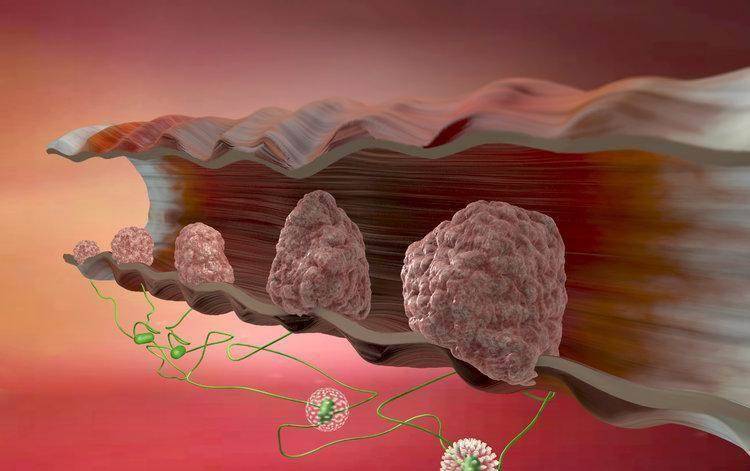
CT examination can help us clarify the invasion of the intestinal wall by lesions. It is a very critical examination item for the staging and efficacy evaluation of colon cancer. However, it cannot directly diagnose colon cancer because it examines hollow organs such as the stomach and intestines. The sensitivity is low, so CT examination has limitations in the diagnosis of colon cancer. Only when the tumor grows and causes the intestinal wall to thicken, CT may be able to indicate colon cancer, but the diagnosis requires colonoscopy and cancer cell specimens.
Make a diagnosis.

The cure rate of early colon cancer is very high, and it is not as scary as everyone thinks. If we can pay attention to it in time and actively treat it when our body sends us an early "distress signal", we can greatly improve the survival rate.
In addition to recurring abdominal pain, there is also blood in the stool, which actually needs to be paid attention to.
Blood in the stool can be said to be the most common sign of colon cancer, and it is also the earliest sign. From a clinical point of view, more than 80% of colorectal cancer cases Patients all have bloody stools. However, it is worth noting that bloody stools with mucus, bloody stools with mucus and pus, or bloody stools are often misdiagnosed as bleeding hemorrhoids or dysentery, thus delaying treatment, so targeted examinations are required.
The article is not finished. Click on the next page to continue.
The article is not finished. Click on the next page to continue.
Next page


















